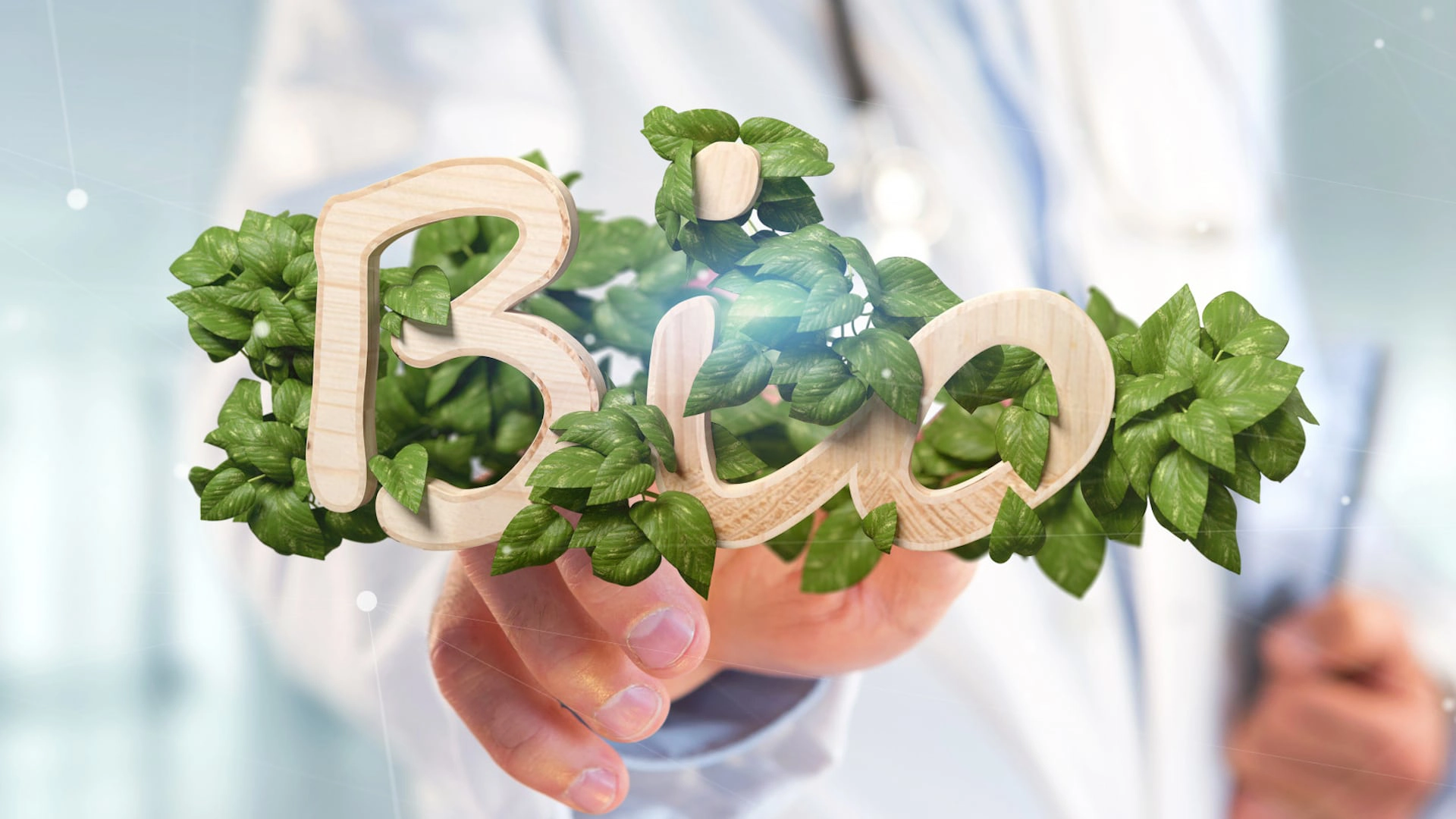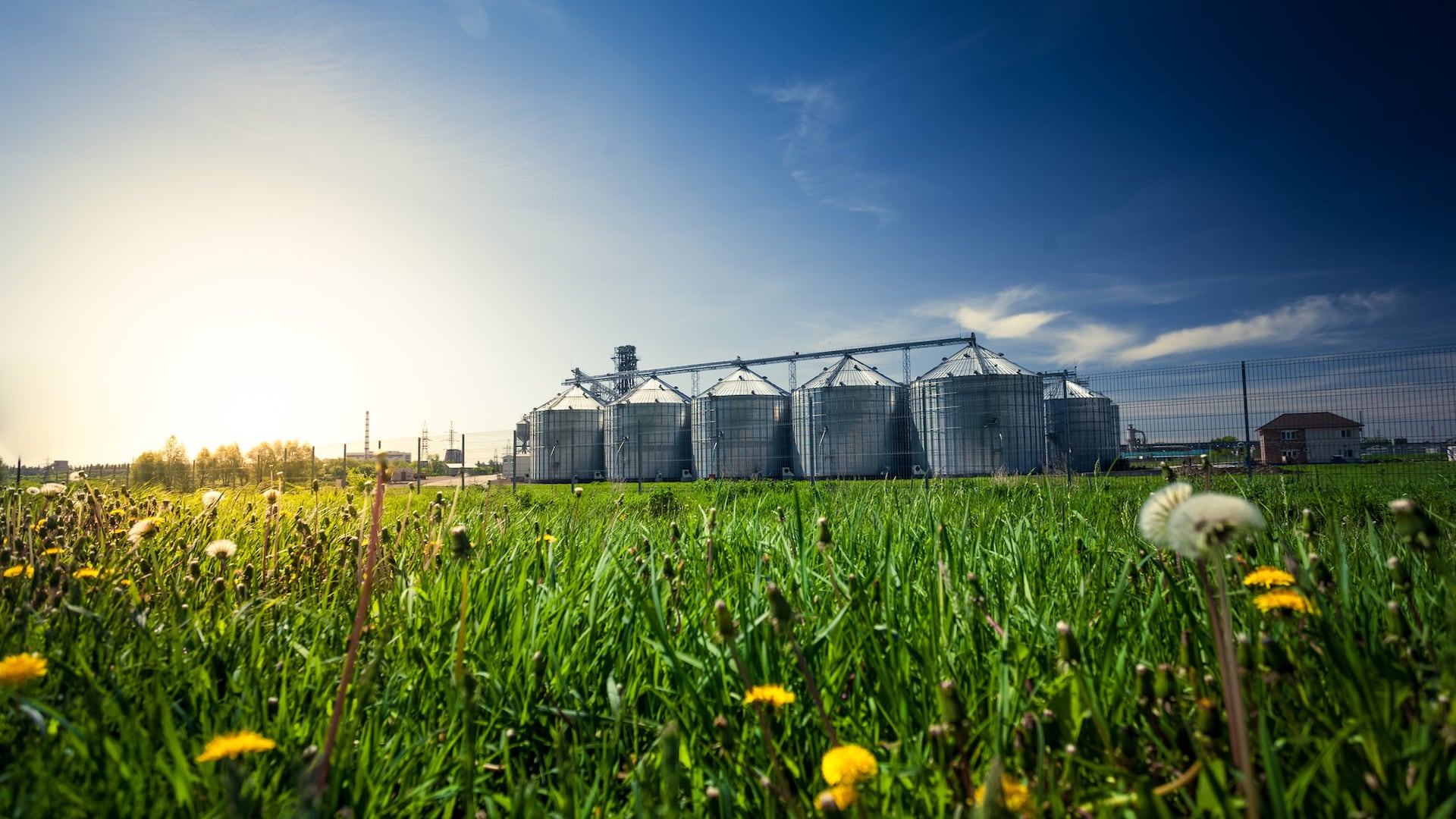
Biogas or biomethane is an important type of renewable energy source. The production of biogas is a relatively simple process, but for it to become marketable, it needs to be purified of the carbon dioxide and hydrogen sulfide it contains, as this is necessary to guarantee its heating value. It is highly flammable, which is why it is odorized.
After collection and purification, biogas can be used to power vehicles, for heating, for electricity generation, or for producing hot water. It plays a crucial role in helping European Union member states to meet their contracted quotas.
How is biogas produced, how does it become biomethane, what is its exact composition, and how does it make our environment greener?
What is biogas?
Biogas is a gas mixture generated from the decomposition of organic matter. It mainly consists of methane (50-70%) and carbon dioxide (30-50%). It also contains small amounts of hydrogen, hydrogen sulfide, nitrogen, ammonia, and other gases. Its precise composition depends on the organic matter used for its production.
Before being sold, the end product, due to methane's colourless, odourless, and extremely flammable nature, is odorized, just like natural gas.
Is biogas renewable?
Biogas is considered a renewable energy source because it is produced from organic matter such as agricultural waste, municipal solid waste, sewage, and food waste, which are continuously generated by natural processes. As long as these sources continue to exist, biogas production can continue.
Additionally, the process of producing biogas does not deplete finite resources, making it a sustainable and environmentally friendly energy source.

Biogas system: the production
The production of biogas can be divided into two phases.
The most important part of the first phase is the collection of fermentation waste and the fermentation process itself, also known as digestion - the breakdown of organic materials by bacteria and their conversion into organic acids.
During the second phase, acetogenic bacteria, different from those in the first phase, are involved. They convert the organic material produced in the first phase into acetic acid, then water, carbon dioxide, and methane. This is how the final composition of biogas is obtained, consisting of 50-70% methane, 30-50% carbon dioxide, and other trace gases.
Sources of biogas
Biogas can be produced from a wide range of organic materials, but the most common sources are:
-
Municipal organic waste (food waste, sewage sludge, green waste)
-
Food industry waste (molasses, grape pomace, fruit pomace, beer waste, grain distillery slop)
-
Agricultural waste (whole cereal plants, sugar beet, carrot tops, silage corn, grass hay)
-
Animal manure (cattle, pigs, poultry)
-
Sewage
The production of biogas is a relatively simple process, mostly carried out in biogas plants. The organic materials listed above are placed in oxygen-free tanks, and after 2-4 weeks, biogas is generated by the bacteria.
Of course, further steps are necessary to utilize the biogas. The resulting end product must be removed, and the tank must be thoroughly cleaned before reuse.
Use of biogas
It is an important gas because it can be burned to:
-
Generate green electricity
-
Provide heat
-
Power vehicles
-
Produce hot water
To generate green electricity, all that is needed is a gas engine and biogas purification from excess steam and hydrogen sulfide, which can harm the engine and shorten its lifespan.
Heating is mainly done using gas-powered refrigerators, often within the biogas plant. In this case, carbon dioxide is already removed, as its heating value plays an extremely important role in the usability of the biogas.
To power vehicles, the biogas must be purified to natural gas quality during the purification process, as this is the only way to guarantee that it will not harm the vehicles' operation. As biogas is almost entirely composed of methane (95-96%) at this stage, it is referred to as biomethane.
